RANSOM_FAKELOCK.F
Windows


Threat Type: Trojan
Destructiveness: No
Encrypted: No
In the wild: Yes
OVERVIEW
Dropped by other malware, Downloaded from the Internet
This Trojan arrives on a system as a file dropped by other malware or as a file downloaded unknowingly by users when visiting malicious sites.
TECHNICAL DETAILS
10,752 bytes
EXE
Yes
16 Oct 2015
Displays message/message boxes, Encrypts files
Arrival Details
This Trojan arrives on a system as a file dropped by other malware or as a file downloaded unknowingly by users when visiting malicious sites.
NOTES:
This ransomware displays the following GUI:
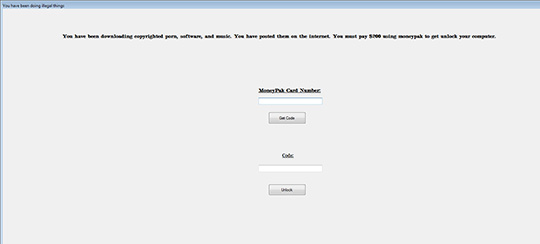
It accepts any string in the first text box and displays a code in the form of a message box when "Get Code" button was clicked:
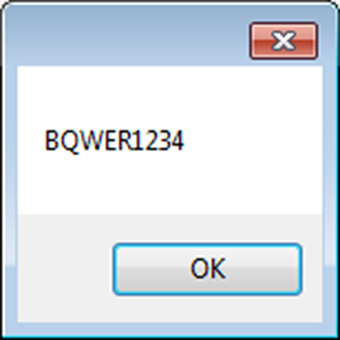
The code shown in the message box can be any of the following:
- BQWER1234
- GQWER7890
- FYUIO1234
The ransomware displays the following error message when "Get Code" button was clicked and no string was entered in the first text box:
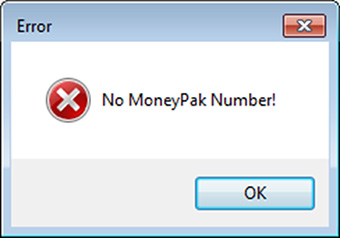
It displays the following message box when "Unlock" button was clicked and the correct code was entered in the second text box and then said box was terminated:
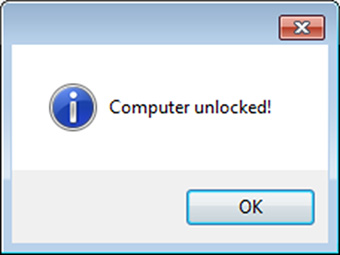
It accepts codes which can be any of the following mentioned above.
If wrong code was entered, the ransomware will display the following error message when "Unlock" button was clicked:
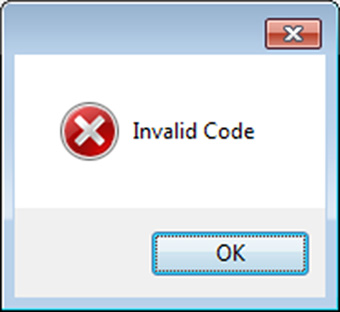
SOLUTION
9.800
12.844.02
18 Oct 2016
12.845.00
19 Oct 2016
Step 1
Before doing any scans, Windows XP, Windows Vista, and Windows 7 users must disable System Restore to allow full scanning of their computers.
Step 2
Identify and terminate files detected as RANSOM_FAKELOCK.F
- Windows Task Manager may not display all running processes. In this case, please use a third-party process viewer, preferably Process Explorer, to terminate the malware/grayware/spyware file. You may download the said tool here.
- If the detected file is displayed in either Windows Task Manager or Process Explorer but you cannot delete it, restart your computer in safe mode. To do this, refer to this link for the complete steps.
- If the detected file is not displayed in either Windows Task Manager or Process Explorer, continue doing the next steps.
Step 3
Scan your computer with your Trend Micro product to delete files detected as RANSOM_FAKELOCK.F. If the detected files have already been cleaned, deleted, or quarantined by your Trend Micro product, no further step is required. You may opt to simply delete the quarantined files. Please check this Knowledge Base page for more information.
Did this description help? Tell us how we did.

